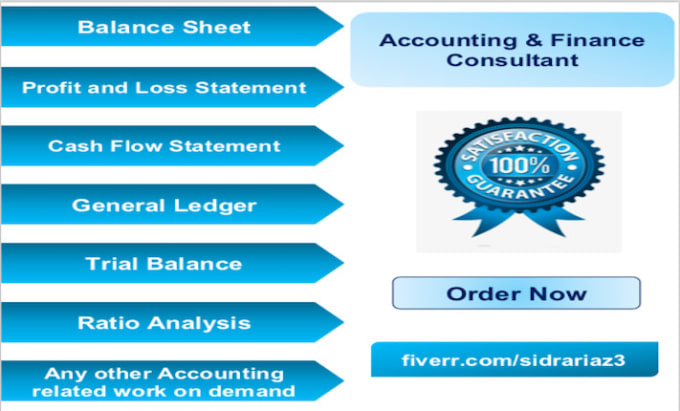In the ever-evolving landscape of real estate investment, savvy investors are constantly on the lookout for financial tools that provide agility, speed, and flexibility. One such solution that has gained prominence is the caveat loan – a short-term financing option that empowers property investors to seize opportunities, navigate challenges, and achieve success in their ventures. In this comprehensive guide, we’ll delve into the intricacies of caveat loans, exploring their benefits, risks, and strategic applications in the dynamic world of real estate.
I. Understanding Caveat Loans:
Caveat loans, also known as caveat financing or caveat mortgages, are short-term financial instruments secured against a property. Unlike traditional loans, caveat loans are designed for quick approval and rapid disbursement of funds. These loans typically have a short repayment period, making them ideal for investors looking to capitalize on time-sensitive opportunities or bridge financial gaps during property transactions.
II. Benefits of Caveat Loans:
- Speedy Approval Process:
- One of the primary advantages of caveat loans is the swift approval process. Investors can access funds in a matter of days, enabling them to act quickly in a competitive real estate market.
- Flexibility in Use:
- Caveat loans offer flexibility in their use. Whether you’re looking to fund a property renovation, bridge the gap between property transactions, or capitalize on a lucrative investment opportunity, these loans provide the financial freedom to pursue various strategies.
- Asset-Based Lending:
- Unlike traditional loans that heavily rely on credit history, caveat loans are primarily asset-based. The value of the property being used as collateral plays a crucial role, making these loans accessible to a broader range of investors.
III. Risks and Mitigation Strategies:
- Higher Interest Rates:
- It’s important to note that caveat loans often come with higher interest rates compared to traditional mortgages. Investors should carefully assess the potential returns on their investment to ensure that the project’s profitability outweighs the borrowing costs.
- Clear Exit Strategy:
- Having a well-defined exit strategy is critical when opting for a caveat loan. Whether it involves selling the property, refinancing, or securing long-term financing, a clear plan minimizes the risk of financial strain.
IV. Strategic Applications of Caveat Loans:
- Property Development:
- Caveat loans provide the financial support needed for property developers to kickstart projects, make necessary renovations, or bridge funding gaps during the development phase.
- Quick Turnaround Investments:
- Investors looking to capitalize on quick turnaround opportunities, such as property auctions or distressed sales, can benefit from the speed and flexibility offered by caveat loans.
